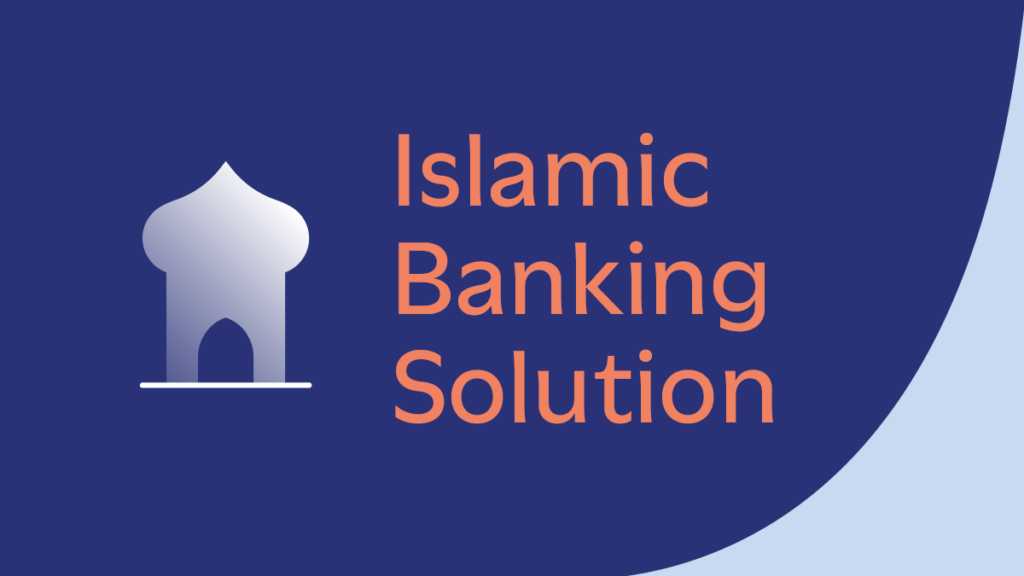
Banking Software in Middle East Africa
Experience the power of cloud-agnostic, XAI-driven APIs with our real-time software solutions for financial institutions across Middle East and Africa.

The MEA banking sector faces unique challenges such as low financial inclusion and legacy infrastructure. However, opportunities exist with the rise of fintech, increasing smartphone adoption, and a young population. Digital transformation and innovation are crucial to unlocking the potential of the region’s banking industry. Advancements in areas such as cloud computing, artificial intelligence, and mobile banking have the potential to revolutionize the sector, enabling financial institutions to better serve their customers and drive growth.
Digital Transformation
The banking industry in the Middle East and Africa has been undergoing a significant digital transformation, driven by changing consumer expectations, technological advancements, and regulatory reforms.
Banks are increasingly adopting digital technologies to enhance customer experiences, streamline operations, and offer innovative financial products and services.
Banks will be focusing on digital channels, mobile banking, online payment solutions, and personalized digital experiences to cater to the growing tech-savvy population.
Financial Inclusion and Emerging Markets
Many countries in the Middle East and Africa are characterized by a large unbanked or underbanked population.
Governments and financial institutions in the region have been actively promoting financial inclusion initiatives to bring these individuals into the formal banking sector.
Banks are expanding their reach to underserved regions and populations by leveraging mobile banking, agent banking, and innovative financial solutions tailored to the needs of emerging markets.
Competition from Non-bank financial institutions
Increasing pressures from non-bank financial institutions (NBFIs) are forcing banks to compete for customers and market share. NBFIs offer a wider range of financial services than banks and often have lower fees. Additional growth drivers include the rise of the middle class, the growth of the internet and mobile technology, and the need for financial services that are tailored to specific needs, such as microfinance.
The growth of NBFIs is a challenge, but it also presents an opportunity. Banks that can adapt to the changing market dynamics will be well-positioned to succeed in the years to come.

End-to-End Retail Banking
An open, cloud-native platform for agile retail banking transformation. Adapt at speed, drive contextual customer interactions and innovate around existing systems with composable front-to-back capabilities across the retail banking value chain.

End-to-End Business Banking
A SaaS-first, cloud-agnostic solution that enables financial institutions to deliver tangible value to small and medium businesses from onboarding to origination, servicing, advisory and cross-sell.

Integrated Corporate Banking
Assemble cross-product line solutions for corporate customers linking directly to their financial systems using open APIs.

Wealth Management
Empowering portfolio and relationship managers to differentiate, innovate and optimize with a composable end-to-end solution.

Fund Administrators
single, global platform to help the world’s leading Fund Administrators enter new markets, launch new services and win new business.

Islamic Banking
A flexible, efficient and award-winning solution enabling Shari’ah compliant innovation, scalability and digital engagement with your clients.

“The open technology platform provided by Temenos is flexible, global-ready and has the breadth of banking services to meet our clients’ fast-developing banking needs.”
Muhammad Aurangzeb, President & CEO

“This new system will not only enhance operational efficiency but also support providing our customers with a superior digital banking experience. The achievement marks a significant milestone in our digital journey and positions us as a leading player in the banking industry.”
Izzidin Abusalameh, Group Chief Operating Officer at Capital Bank

“From the start, Temenos was a really great fit. The past six to seven years have proved that our choice was the right one.”
Aman Semir, Vice President Technologies and Digital Banking at Cooperative Bank of Oromia

“We wanted a system that is reliable and sustainable for the future. We have plans to focus on introducing lending products, and that’s something that Temenos does very well. Moving to Temenos means it’s very easy for us to introduce new products very quickly, whether for today or for five years from now.”
Yazen Altimimi, Chief Executive Officer at Zain Cash

“The Temenos platform is resilient, robust, scalable and adaptable to change. These are all ‘must-have’ features you need in a world-class banking technology. It will continue to facilitate our market growth.”
Jamshed Afzal, Chief Technology Architect at Ijarah Finance
See More Success Stories

Leaner and greener banking is needed in the race to net zero

Maximising Efficiency – Cloud and SaaS

Living With Regulation—What We Learn From South Africa’s FATF Grey Listing—And it’s not all Bad!
